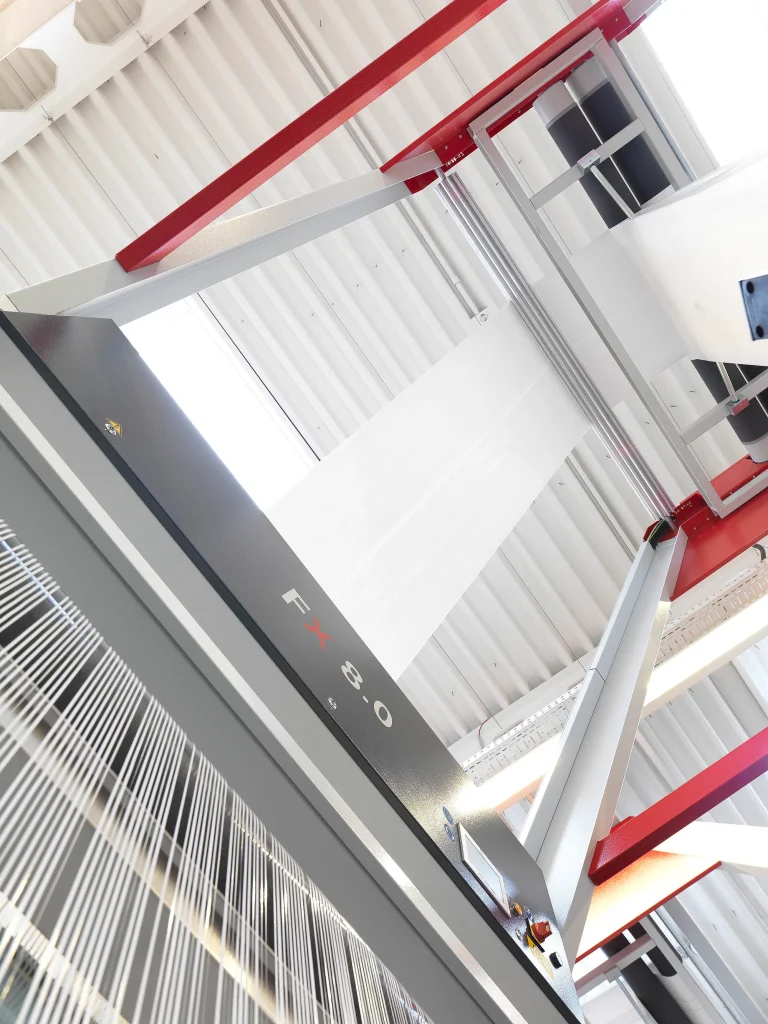
In the competitive pet food industry, packaging is more than a container—it’s a critical component of product preservation, logistics efficiency, and brand identity. Block bottom polypropylene (PP) bags have revolutionized pet food packaging, delivering unmatched structural stability, moisture resistance, and customization capabilities. According to a 2023 report by Pet Food Processing Magazine, brands using block bottom PP bags reduced transport damage by 28% and increased shelf appeal by 40% compared to traditional flat-bottom designs. At VidePak, leveraging 30+ years of expertise and a global production network of 100+ circular looms and 30+ advanced printing machines, we engineer solutions that meet the stringent demands of pet food manufacturers. This article explores how block bottom PP bags address key challenges in pet food packaging, supported by technical data, real-world applications, and actionable insights for optimizing design parameters.
1. Structural Superiority: Why Block Bottom PP Bags Dominate Pet Food Packaging
Block bottom PP bags feature a reinforced rectangular base that enables self-standing functionality, optimizing shelf display and automated filling processes. Key structural advantages include:
- Load-bearing capacity: With a tensile strength of 1,500–2,000 N/cm², VidePak’s PP fabric withstands weights up to 50 kg, ideal for bulk kibble packaging.
- Moisture barrier: A 0.06–0.12 mm polyethylene (PE) inner liner reduces water vapor transmission rates (WVTR) to ≤8 g/m²/day, critical for preserving fat-soluble nutrients in pet food.
- Stackability: The block bottom design improves pallet stability by 35%, reducing warehouse space requirements.
VidePak’s Austrian Starlinger extrusion lines ensure uniform fabric weaving, while German W&H printing systems achieve 1,200 dpi resolution for photorealistic branding.
2. Customization Capabilities: Printing Technologies and Surface Finishes
Pet food brands require packaging that captivates consumers while ensuring durability. VidePak offers three advanced printing solutions:
| Printing Type | Color Range | Applications | Surface Finish |
|---|---|---|---|
| Single-Color | 1–2 Pantone colors | Basic branding, batch codes | Glossy or matte laminated |
| Multi-Color | 4–6 CMYK colors | Detailed graphics, nutritional charts | UV-coated for scratch resistance |
| Full-Color HD | 8–10 extended gamut | Lifelike imagery, gradient effects | Soft-touch matte finish |
Case Study: A European pet food brand achieved a 22% sales increase after switching to VidePak’s HD-printed block bottom bags with anti-reflective matte finishes, enhancing visibility under retail lighting.
3. Technical Parameters: Balancing Functionality and Cost
Selecting the right bag specifications ensures optimal performance across supply chains:
3.1 Fabric Weight and Liner Thickness
- Standard pet food (15–25 kg): 90–100 g/m² PP fabric + 0.08 mm PE liner.
- Premium formulations (e.g., freeze-dried): 120 g/m² laminated BOPP outer layer + 0.12 mm EVOH barrier liner for oxygen transmission rates (OTR) <5 cc/m²/day.
3.2 Printing and Coating Innovations
- Anti-static coatings: Prevent dust adhesion during high-speed filling (up to 2,000 bags/hour).
- Food-grade inks: Compliant with FDA 21 CFR and EU Regulation 10/2011 for direct food contact.
3.3 Design Enhancements
- Gusseted sides: Expand bag capacity by 15% without compromising stackability.
- Zip closures: Resealable options for premium pet treats, tested for 500+ open/close cycles.
VidePak’s R&D team employs ASTM F88 and ISO 2234 protocols to validate seal integrity and compression resistance.
4. FAQs: Addressing Key Buyer Concerns
Q1: How do block bottom bags compare to FIBCs for bulk pet food?
A1: Block bottom bags are ideal for 10–50 kg retail-ready packaging, while FIBC bulk bags suit 500–2,000 kg bulk transport.
Q2: Can bags withstand -18°C frozen storage?
A2: Yes. VidePak’s cold-chain PP blends retain flexibility at -25°C, tested via ASTM D746.
Q3: Are matte finishes less durable than glossy ones?
A3: No. Our matte laminates use abrasion-resistant coatings, achieving >4H pencil hardness (ISO 15184).
5. VidePak’s Manufacturing Edge
Since 2008, VidePak has delivered 120 million+ bags annually to 60+ countries, supported by:
- Starlinger’s circular looms: Producing 150–200 bags/minute with ≤0.5% defect rates.
- W&H’s 10-color flexo printers: Enabling metallic inks and gradient effects for luxury branding.
- Sustainable practices: 100% recyclable PP/PE composites, aligned with ISO 14001 standards.
Our BOPP laminated woven bags integrate anti-counterfeit QR codes, while valve designs streamline filling for powdered supplements.
6. Conclusion
Block bottom PP bags are a strategic investment for pet food brands prioritizing shelf impact, nutrient preservation, and supply chain efficiency. By aligning fabric density, barrier properties, and printing technologies with product requirements, manufacturers can achieve market differentiation and operational excellence. VidePak’s engineering prowess and global scalability position us as the partner of choice for innovators in pet nutrition.
References
- Pet Food Processing Magazine. (2023). Packaging Trends in the Global Pet Food Sector.
- FDA. (2021). Code of Federal Regulations Title 21 – Food and Drugs.
- VidePak Company Profile. https://www.pp-wovenbags.com/
- Contact: info@pp-wovenbags.com
External Links
- Discover how VidePak’s BOPP laminated woven bags enhance moisture protection and print clarity.
- Explore the efficiency of valve bag designs in automated filling systems.